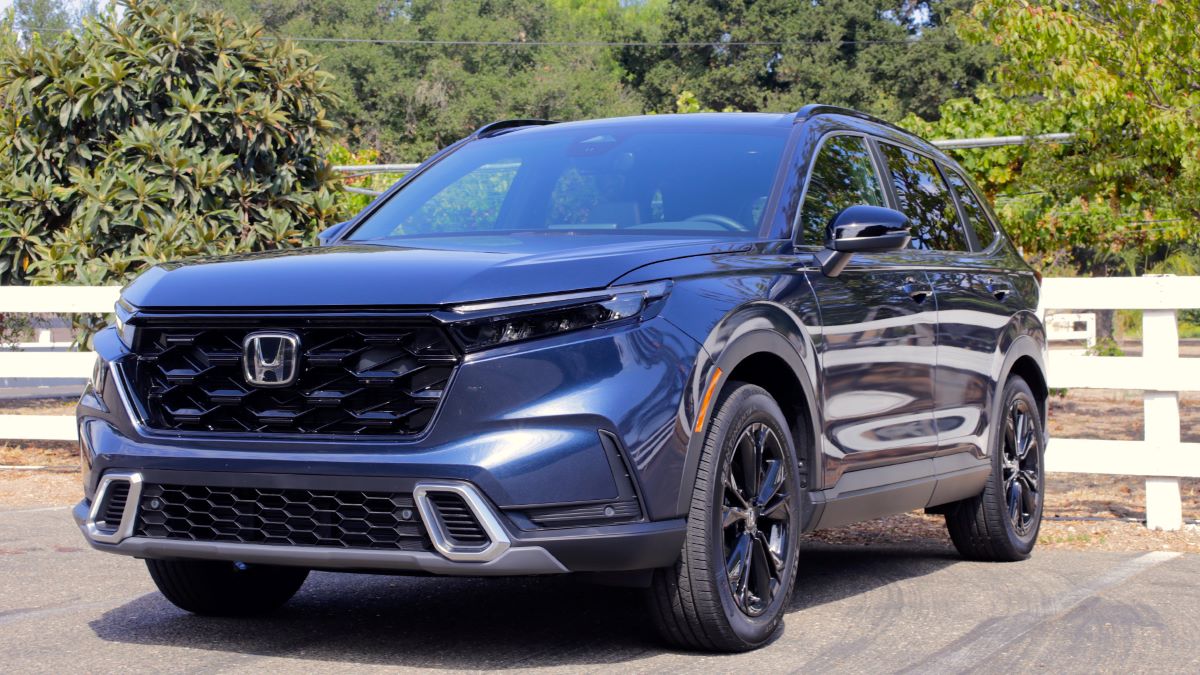When it comes to owning a vehicle, many drivers focus on performance, style, fuel efficiency, or the latest technology. However, one crucial aspect that often goes overlooked until an emergency strikes is roadside assistance.
Whether you’re dealing with a flat tire, a dead battery, running out of fuel, or being stranded due to a mechanical breakdown, roadside assistance can be a literal lifesaver.
It offers peace of mind by ensuring that help is just a phone call or button press away, no matter where or when trouble arises. In fact, the quality of a car’s roadside assistance program can significantly influence overall ownership satisfaction, as well as safety and convenience in stressful situations.
The importance of roadside assistance has grown in recent years alongside the increasing complexity of modern vehicles. Today’s cars, equipped with sophisticated electronics and advanced mechanical components, sometimes require specialized help that goes beyond traditional towing.
Moreover, as people drive longer distances and explore unfamiliar territories, the need for reliable, prompt assistance has become paramount.
Car manufacturers have responded by integrating robust roadside support programs as part of their warranty packages or as added perks for buyers. These programs can vary widely in terms of coverage length, services offered, response times, and customer experience.
Given this variability, prospective car buyers need to consider roadside assistance ratings as part of their decision-making process.
A well-rated roadside assistance program means less hassle and greater confidence that, should something go wrong, they won’t be left stranded or stuck waiting indefinitely. Conversely, poor roadside support can turn a minor inconvenience into a major headache, diminishing the overall appeal of a vehicle, even if it excels in other areas.
In this article, we will explore five car models that consistently receive the best roadside assistance ratings, showcasing manufacturers who invest heavily in comprehensive, accessible, and customer-friendly support services.
These brands tend to offer extensive coverage periods, a wide array of included services, modern technology integrations for easy help requests, and positive customer service experiences that make owners feel truly cared for. These top performers set a high standard in the industry and demonstrate the value of pairing reliable vehicles with reliable help.
On the other end of the spectrum, we will also examine five models that unfortunately rank lowest in roadside assistance satisfaction. These vehicles often suffer from limited or short-lived coverage, slow or inconsistent response times, unhelpful customer service, and inadequate service provider networks.
For owners of these cars, roadside breakdowns can become stressful ordeals rather than manageable incidents. Understanding these shortcomings is important, especially for buyers who prioritize peace of mind and want to avoid unexpected costs or long wait times on the road.
Ultimately, roadside assistance is a vital, though sometimes underestimated, element of vehicle ownership. It blends technology, logistics, and customer service to support drivers during moments of vulnerability.
Whether you’re buying your first car, upgrading to a luxury model, or seeking a reliable family vehicle, considering roadside assistance ratings can save you from future headaches and ensure that your journeys remain as safe and worry-free as possible.
By diving into the strengths and weaknesses of specific models, this article aims to empower consumers with the knowledge they need to make informed choices.
As we navigate through the top five models with the best roadside assistance and the bottom five with the poorest, keep in mind that a dependable support network is just as critical as horsepower or design. After all, the best car in the world won’t do much good if help isn’t readily available when you need it most.
Also Read: Top 10 Long-Lasting Cars That Get Over 30 MPG
Top 5 Car Models with the Best Roadside Assistance Ratings
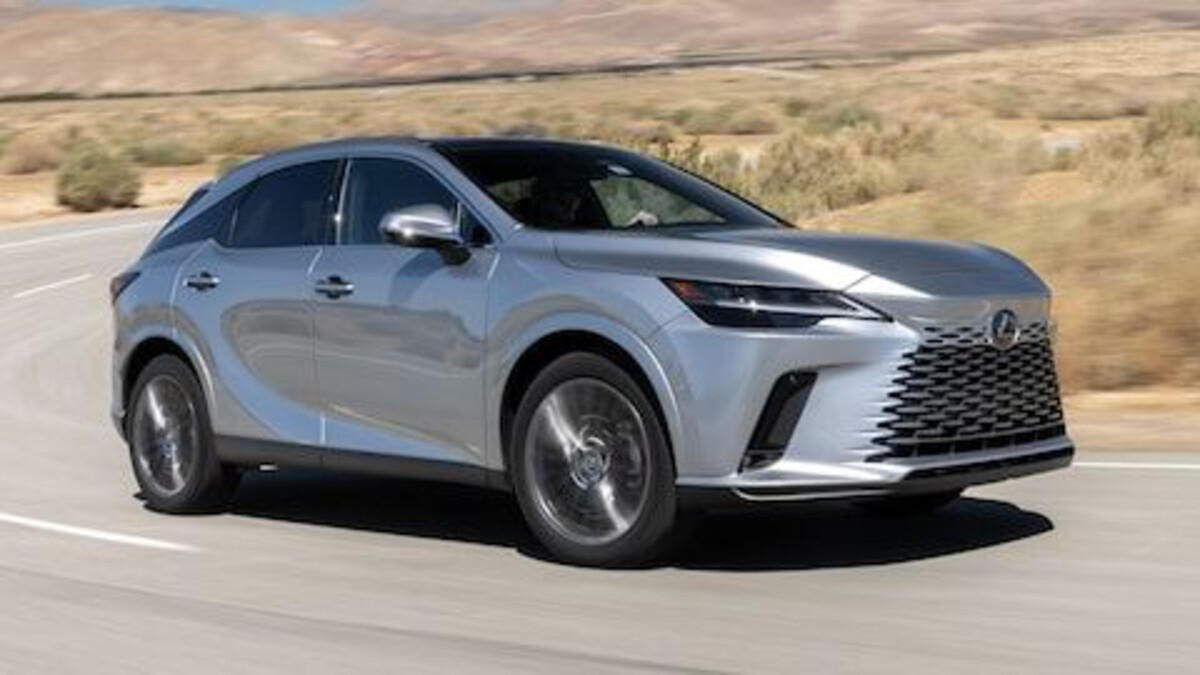
1. Lexus RX
Lexus has built its reputation on quality, reliability, and exceptional customer care, and the RX model is a shining example of that commitment. One of the key reasons why the RX receives stellar roadside assistance ratings is due to Lexus’s comprehensive and customer-centric approach.
Unlike many other brands that simply provide a phone number and basic service, Lexus goes the extra mile by offering a fully integrated roadside assistance program that covers a wide range of potential issues, from mechanical failures to accidental lockouts.
Lexus offers four years of unlimited mileage roadside assistance with the RX, including services like towing, battery jump starts, tire changes, fuel delivery, and even flat tire repairs. This inclusive approach means owners rarely have to worry about unexpected expenses or the hassle of finding trustworthy help when stranded.
A significant advantage Lexus offers is its use of the Lexus Enform Safety Connect system, which allows drivers to access roadside assistance directly from the vehicle with the press of a button. This eliminates the confusion or panic that can arise when trying to call for help manually, especially in dangerous or remote locations.
The system automatically transmits your exact GPS location to the assistance center, allowing for swift dispatch of help without the need for verbal directions. For many owners, this feature is a game-changer, adding a layer of security and convenience that enhances overall peace of mind during stressful breakdown situations.
Customer feedback also frequently praises the speed and professionalism of Lexus’s roadside assistance teams. Response times are typically within 30 to 45 minutes, regardless of whether the customer is in a busy city or a less accessible rural area. Lexus has developed a robust network of vetted service providers and towing companies who understand the brand’s high standards.
This ensures consistent quality of service and reduces the frustration often associated with roadside breakdowns. Many Lexus RX owners report that the roadside assistance personnel are not only helpful but also respectful and empathetic, traits that are invaluable during the anxiety of a vehicle breakdown.
Finally, Lexus’s post-service follow-up is another area where the RX shines. After roadside assistance is rendered, owners often receive follow-up calls or emails to ensure that their needs were met satisfactorily. This kind of proactive customer service creates a cycle of trust and loyalty.
It shows that Lexus is not just interested in selling a vehicle but in nurturing long-term relationships with their customers. All these factors combined contribute to the RX’s position as a leader in roadside assistance ratings, making it a preferred choice for drivers who prioritize reliability and support.
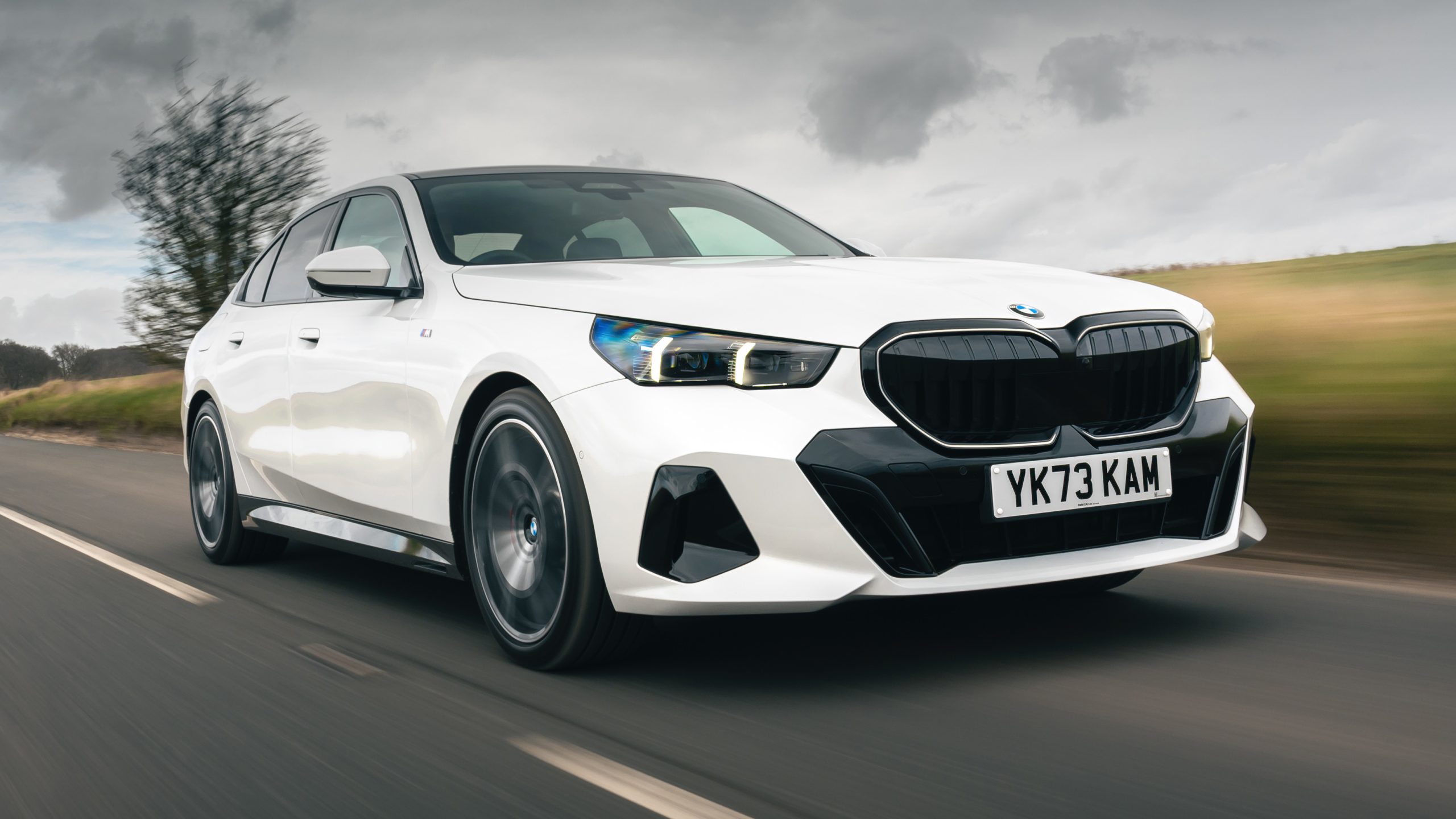
2. BMW 5 Series
The BMW 5 Series, known for its blend of performance, luxury, and cutting-edge technology, also stands out for its exceptional roadside assistance offerings. BMW includes a four-year, unlimited-mileage roadside assistance program as part of its warranty package, which is notably more comprehensive than many competitors.
This program covers a variety of scenarios, including towing, battery jump-starts, tire changes, lockout services, and fuel delivery. What sets BMW apart, however, is the inclusion of accident-related assistance, providing additional peace of mind that owners are supported no matter the nature of their roadside emergency.
BMW’s roadside assistance team is renowned for its 24/7 live support network staffed by highly trained agents who handle calls with professionalism and care. This responsiveness is especially important given that the 5 Series often attracts drivers who expect a premium experience both behind the wheel and in customer service.
BMW’s call center representatives are trained to remain calm under pressure and are often multilingual, accommodating the brand’s global customer base. This professionalism not only reassures drivers but also helps streamline the assistance process, making difficult roadside situations less stressful.
The BMW ConnectedDrive system plays a pivotal role in elevating the roadside assistance experience. This intelligent system enables owners to request help through the vehicle’s infotainment screen or a smartphone app, providing a direct digital line to the assistance team.
The app’s real-time tracking feature, which allows drivers to monitor the service provider’s ETA, greatly reduces the uncertainty and anxiety typically experienced while waiting for help. Furthermore, ConnectedDrive can automatically send vehicle diagnostics to the roadside assistance team, helping mechanics prepare for the issue before arriving, which can save precious time.
BMW also excels in offering trip interruption benefits as part of its roadside assistance, which is a feature many competitors neglect. If a driver’s journey is disrupted due to a mechanical failure or accident, BMW may cover expenses such as lodging, meals, and alternative transportation, underscoring the brand’s commitment to a seamless ownership experience.
This financial safety net is highly valued by customers who travel frequently or rely on their vehicles for business purposes. Taken together, BMW’s attentive customer service, tech integration, and comprehensive coverage make the 5 Series a top contender in roadside assistance satisfaction.
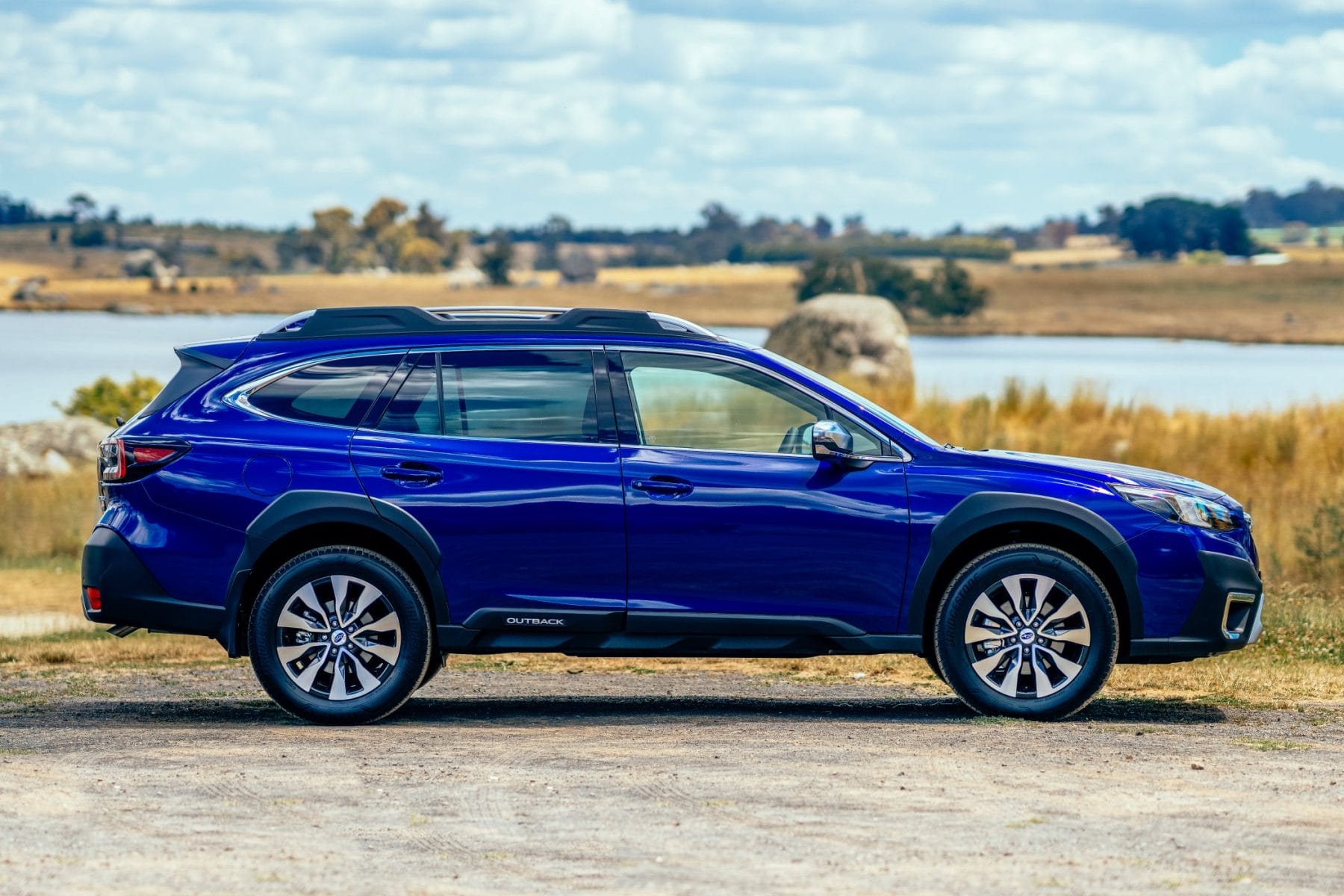
3. Subaru Outback
Subaru’s Outback, well-known for its rugged reliability and off-road capability, also delivers some of the best roadside assistance support in the industry. Subaru includes three years of complimentary roadside assistance with the Outback, which many owners find surprisingly generous considering the vehicle’s emphasis on adventure and remote travel.
This assistance covers standard issues like flat tires, towing, battery jump starts, lockouts, and fuel delivery, but what sets Subaru apart is its deep understanding of its customer base—often outdoor enthusiasts who may find themselves far from help.
One of Subaru’s strengths lies in its robust nationwide network of service providers, particularly in rural and mountainous areas where many Outback drivers venture. Subaru partners with numerous local towing and repair businesses that understand the vehicle’s unique build and parts.
This specialized knowledge means that even in less populated regions, owners can expect competent and timely roadside assistance. This is a critical factor for many Outback drivers who prioritize reliability when exploring less accessible terrain.
Subaru’s roadside assistance program is also highly rated because of its easy accessibility and customer-friendly approach. Owners can access roadside help via phone, a mobile app, or through the Subaru Starlink infotainment system. The app provides status updates, estimated arrival times, and direct communication with assistance teams.
This transparency is appreciated by users who want to stay informed and avoid the frustration of uncertain wait times. Subaru’s customer service agents are known for their empathetic approach, often going beyond basic services to help customers arrange additional accommodations or alternate transportation if necessary.
Finally, Subaru’s commitment to continuous improvement in roadside assistance has led to increasing customer satisfaction scores year after year.
The brand listens to owner feedback and adjusts its programs accordingly, whether by extending coverage length, enhancing digital tools, or expanding service provider networks. This responsiveness strengthens trust in the brand and reinforces why the Outback remains a top pick for drivers who want both adventure and dependable support when the unexpected happens.

4. Tesla Model 3
Tesla’s Model 3, a flagship of the electric vehicle (EV) revolution, has set new standards not only in performance and technology but also in roadside assistance. Tesla includes four years of roadside assistance with the Model 3, matching many luxury automakers despite the vehicle’s relatively accessible price point.
However, what really distinguishes Tesla is its tech-driven approach that leverages the car’s connectivity and automation features to provide efficient and innovative support.
Tesla’s roadside assistance includes towing, battery jump-starts (though largely unnecessary given the EV powertrain), tire changes, and lockout services. Unique to Tesla is its ability to remotely diagnose problems and provide over-the-air fixes, which often prevents breakdowns from occurring in the first place or resolves issues without requiring a service visit.
When a physical intervention is necessary, Tesla’s network of service centers and mobile technicians are dispatched rapidly, often guided by real-time telemetry from the vehicle itself.
Another advantage is the Tesla app, which offers real-time communication and tracking of roadside assistance vehicles. Owners can see exactly when help will arrive, reducing uncertainty and frustration.
Tesla also offers a growing fleet of mobile service technicians who can come directly to the vehicle, reducing or eliminating the need for towing in many cases. This on-demand mobile service is particularly praised by Model 3 owners as it saves time and hassle, especially in urban areas.
Furthermore, Tesla’s Supercharger network indirectly supports roadside assistance by reducing “out-of-charge” emergencies. Since charging is more accessible than ever, drivers rarely face situations where they need emergency fuel delivery.
Tesla’s holistic approach to support—combining software, hardware, and customer service—makes the Model 3 a standout choice for those who want cutting-edge technology backed by a solid safety net.
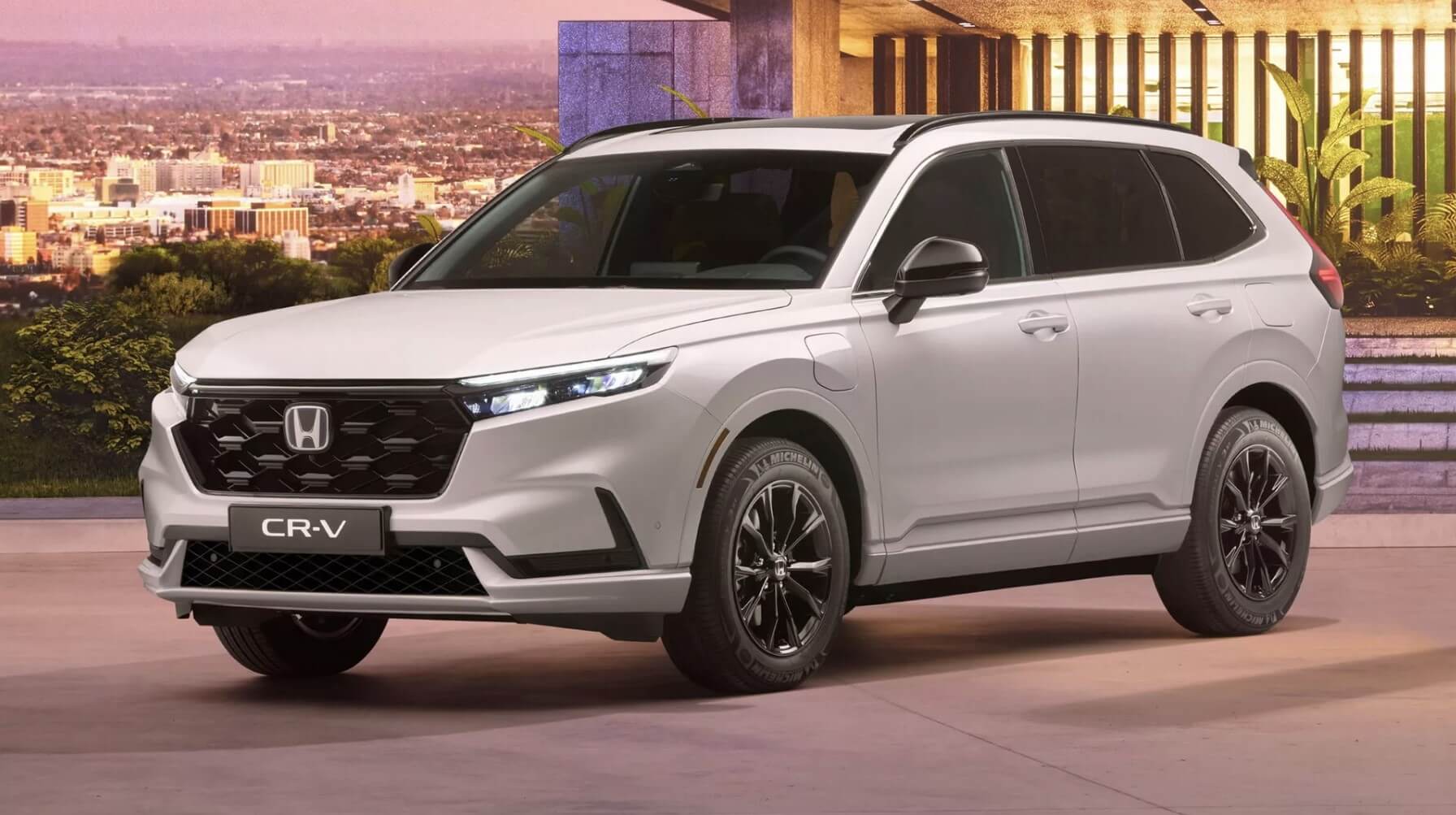
5. Honda CR-V
The Honda CR-V has earned widespread acclaim for its reliability, practicality, and strong resale value, and it similarly performs well in roadside assistance ratings. Honda offers three years of roadside assistance with the CR-V, providing coverage that includes towing, battery jump-starts, tire changes, fuel delivery, and lockout services.
This support is backed by a nationwide network that consistently delivers timely and professional help, which is particularly important given the CR-V’s popularity among families and commuters.
One of the CR-V’s biggest strengths in roadside assistance is the simplicity and clarity of the program. Honda keeps the process straightforward, with a dedicated hotline available 24/7.
Owners report that representatives are knowledgeable, quick to respond, and effective at dispatching help. This reliability is critical when drivers are under stress and need straightforward solutions without complicated procedures or hidden fees.
Honda also integrates roadside assistance with its HondaLink connected services, allowing CR-V owners to request help via the vehicle’s touchscreen or smartphone app.
The app provides notifications and estimated arrival times, enhancing transparency and reducing uncertainty. While Honda’s technology may not be as advanced as some luxury brands, it offers reliable and accessible tools that meet most drivers’ needs without unnecessary complexity.
Finally, Honda emphasizes customer satisfaction by regularly updating its roadside assistance programs based on feedback. The CR-V’s consistently high ratings reflect Honda’s dedication to not only producing durable vehicles but also ensuring that owners feel supported whenever unexpected issues arise. This holistic approach to ownership comfort positions the CR-V among the best in roadside assistance.
5 Car Models with the Poorest Roadside Assistance Ratings
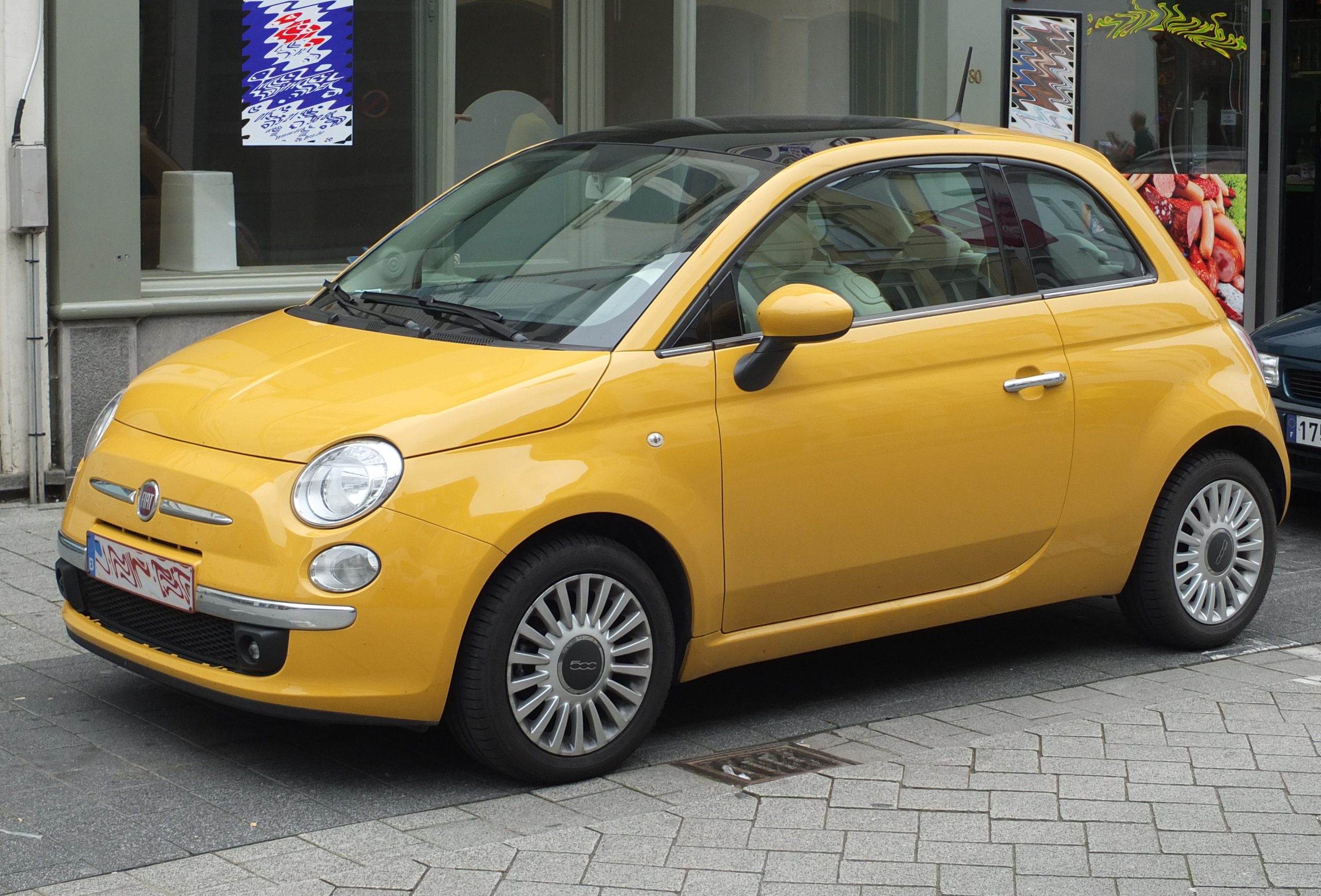
1. Fiat 500
The Fiat 500 is often praised for its charming retro design and urban-friendly size, but unfortunately, its roadside assistance reputation leaves much to be desired. Many Fiat 500 owners report frustration with the brand’s limited roadside support, citing long wait times and unclear service coverage.
Unlike many competitors who include comprehensive roadside assistance packages as part of their warranty, Fiat’s offerings are often restricted or require additional paid plans to access basic services such as towing or tire changes. This lack of inclusivity often surprises owners who expect a more robust safety net.
One of the primary issues with Fiat’s roadside assistance is the inconsistency of service quality. Because Fiat outsources much of its roadside assistance to third-party providers with varying standards, customers frequently experience wildly different outcomes depending on their geographic location.
In some urban areas, help may arrive within a reasonable timeframe, while in suburban or rural locations, drivers have reported wait times exceeding an hour or more. This unreliability erodes customer confidence, especially for those who rely on their vehicle for daily commuting.
Customer service representatives also come under criticism for being unhelpful or unresponsive during breakdown situations. Several owners have shared experiences where roadside assistance agents were unable or unwilling to provide accurate information about arrival times or next steps, leading to confusion and increased anxiety.
This is particularly problematic because the Fiat 500’s compact size and city-centric design mean that many owners are less experienced with car maintenance and rely heavily on support services when issues arise.
Moreover, the limited roadside assistance coverage period further aggravates the problem. Unlike many manufacturers that offer multi-year, unlimited mileage assistance, Fiat’s roadside support often expires after a year or two, leaving owners with no included safety net for the bulk of their ownership.
Extended coverage plans must be purchased separately, often at a significant cost. For a car marketed towards young drivers and urban commuters, who are statistically more likely to need assistance, this limited support can feel like a poor value proposition.
Lastly, the Fiat 500’s mechanical reliability, which is already a concern among some owners, compounds the roadside assistance issues. Owners have reported frequent breakdowns ranging from electrical problems to engine issues, which means the need for roadside help is unfortunately common.
When assistance is slow, unreliable, or expensive, it significantly impacts the overall ownership satisfaction. For many Fiat 500 drivers, the allure of style and maneuverability is dampened by the stress and inconvenience of subpar roadside assistance.
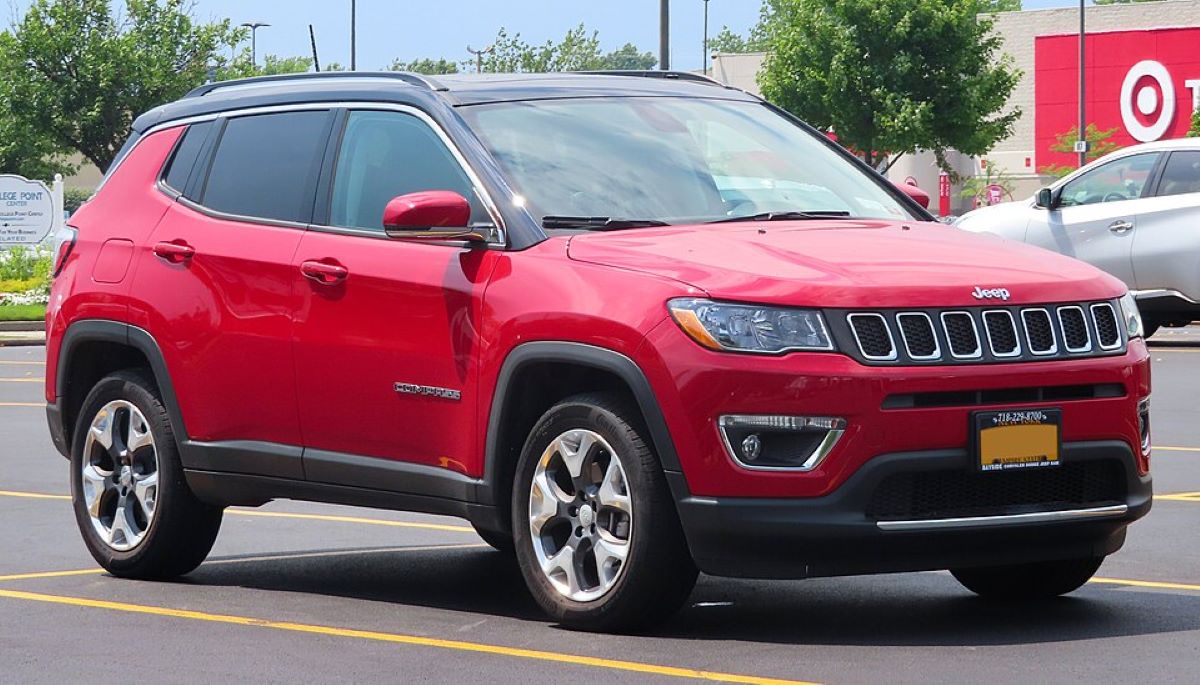
2. Jeep Compass
Jeep’s Compass, while popular for its affordable entry into the SUV market, has been plagued by poor roadside assistance ratings that disappoint many owners. Despite Jeep’s broader reputation for rugged, off-road vehicles, the Compass does not carry the same reliability or support.
Its roadside assistance program is often described as limited in scope and insufficient in coverage duration, typically offering just one year of basic service with no easy extension options. For drivers who use the Compass as a primary vehicle or off-road companion, this short-term coverage is inadequate.
One of the key problems reported by Compass owners is the lengthy wait times for help, especially in remote or off-road locations. Unlike Jeep’s more premium models that have invested in expansive service networks, the Compass’s roadside assistance infrastructure is less developed.
This often results in customers waiting an hour or longer for towing or battery jump-start services. In areas without dense service provider presence, some owners have resorted to paying out-of-pocket for private towing due to unacceptable wait times, which undermines the whole purpose of roadside assistance.
Customer service also receives mixed reviews. While some agents provide satisfactory help, many Compass owners describe the experience as frustrating due to poor communication and lack of coordination between the roadside assistance call center and the actual service providers.
Reports of vague or conflicting information about when a tow truck will arrive are common, leading to extended periods of uncertainty and stress. In emergencies, this type of response can leave drivers feeling vulnerable and unsupported.
The limitations on what is covered further disappoint customers. For example, some services that competitors commonly include—like fuel delivery or minor roadside repairs—are either excluded or capped at minimal mileage in the Compass program. This means drivers might face additional expenses even when their issue is relatively minor.
In combination with the often spotty reliability of the Compass itself, these gaps in assistance coverage contribute to a consistently poor ownership experience. Finally, Jeep Compass owners frequently express frustration at the lack of mobile service options that many competing brands now offer.
Instead of sending technicians to the vehicle when possible, the Compass roadside assistance tends to rely heavily on towing, which can be inconvenient and costly if the nearest dealer or repair shop is far away. For a vehicle that aims to capture adventurous and budget-conscious drivers, this lack of flexible, customer-friendly roadside support feels like a significant shortcoming.
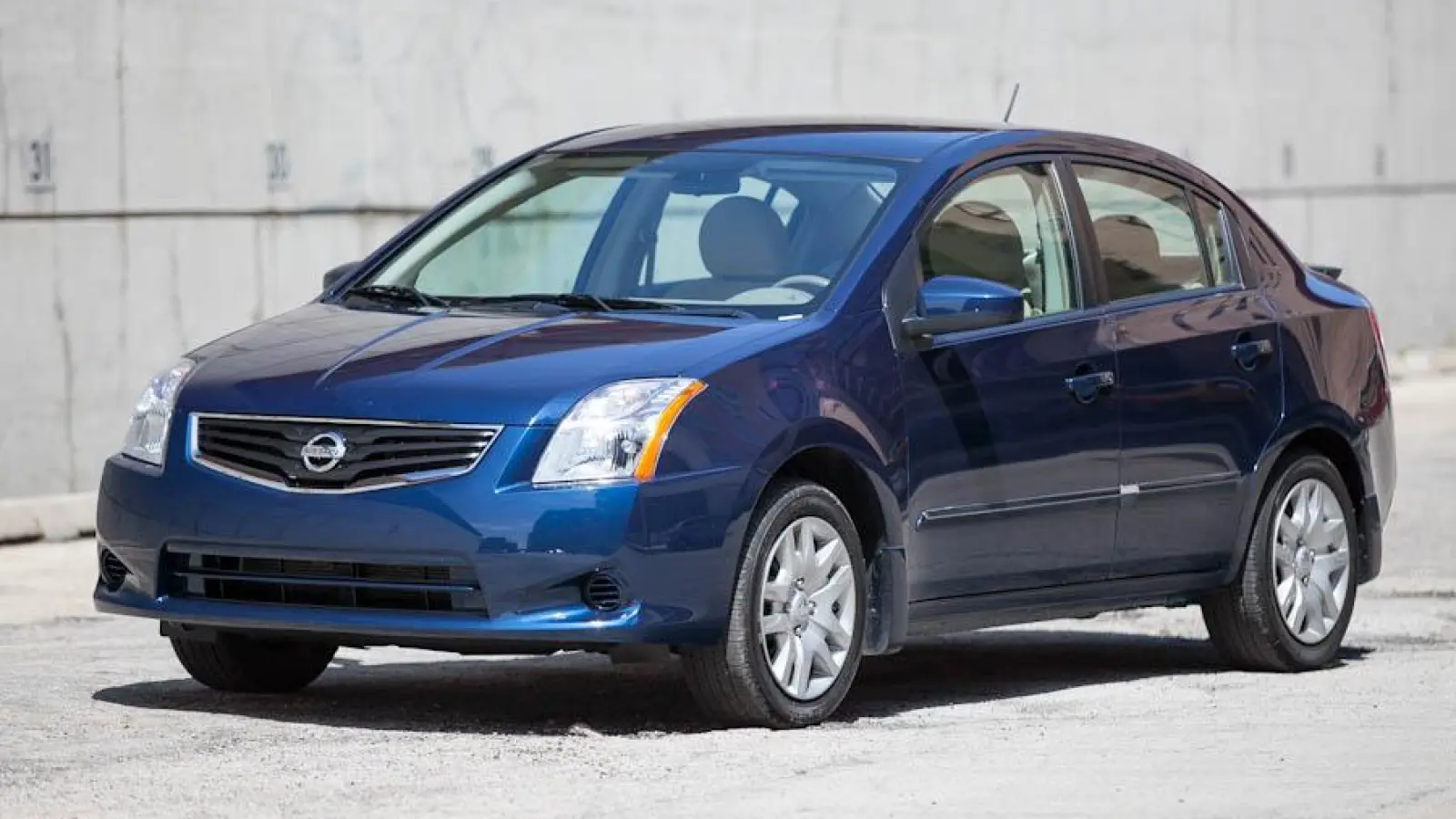
3. Nissan Sentra
The Nissan Sentra, a staple compact sedan, has a loyal following due to its affordability and fuel efficiency, but its roadside assistance program has often fallen short of expectations.
Nissan typically offers three years of roadside assistance, which on the surface seems competitive, but many Sentra owners report that the actual service experience is lacking in speed and professionalism. Common complaints include delays in dispatch, poor communication, and inconsistent quality of assistance providers.
Many Sentra drivers have noted that while roadside assistance coverage is included, the response time can vary dramatically depending on location.
Urban drivers might receive fairly prompt service, but those in suburban or rural areas frequently report wait times extending beyond an hour, sometimes under challenging weather conditions. This variability makes it difficult for owners to rely on roadside assistance with confidence, especially during emergencies or nighttime breakdowns.
Another common criticism centers on the quality of customer service representatives. Sentra owners often describe their interactions as frustrating due to agents who seem undertrained or unable to provide clear guidance during roadside emergencies.
This can leave drivers confused about what to expect and how long they will be waiting. Additionally, in some cases, customers have reported difficulties in escalating issues or getting follow-up support, reducing overall trust in Nissan’s support system.
Coverage limitations also play a role in the Sentra’s poor roadside assistance ratings. Certain services such as lockout assistance or fuel delivery may be limited in scope or excluded entirely, forcing owners to bear unexpected costs in otherwise minor roadside incidents. Given that many Sentra buyers prioritize cost-effectiveness, this additional financial burden undermines the vehicle’s appeal.
Finally, some Sentra owners report that the vehicle’s mechanical issues—particularly related to electrical systems and transmissions—lead to frequent calls for roadside assistance.
When combined with a support program that sometimes feels slow and unreliable, this exacerbates frustration. While the Sentra excels as an economical commuter car, its roadside assistance experience leaves many owners wishing for more reliable, customer-focused support.
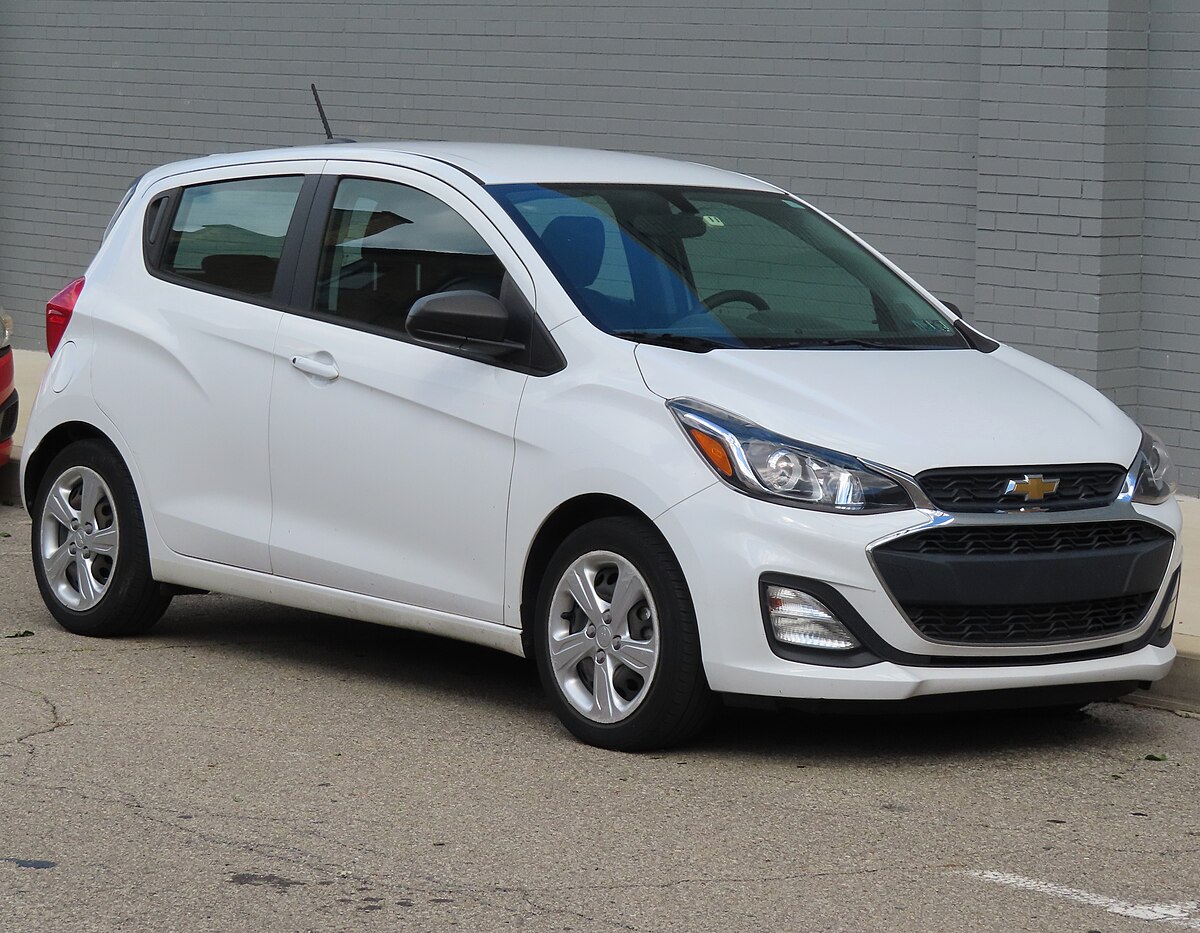
4. Chevrolet Spark
The Chevrolet Spark, a budget-friendly subcompact, is known for its affordability but unfortunately also suffers from poor roadside assistance ratings.
While Chevrolet does include roadside assistance coverage, many Spark owners feel that the service provided is minimal and insufficient for the realities of their driving conditions. The coverage period is typically limited to three years, but the quality and responsiveness of assistance often fall short of expectations.
One major complaint about the Spark’s roadside assistance is the lack of timely response, especially in congested urban centers where the car is most often driven.
Because the Spark is popular among younger and first-time drivers who might be less experienced with vehicle maintenance, the need for roadside help is high, yet service delays and logistical problems mean drivers often spend long periods waiting for assistance. This is frustrating and can be dangerous when stranded in busy or unsafe areas.
Customer service interaction also often receives poor marks. Spark owners report feeling like just a number in the system rather than a valued customer.
Calls to roadside assistance centers sometimes result in vague answers, unclear timeframes, or repeated transfers between agents. This lack of clear communication heightens stress during already difficult breakdowns and leaves owners dissatisfied.
Coverage limits are another key issue. The Spark’s roadside assistance often excludes some minor repairs or places tight restrictions on towing distances, meaning owners may face unexpected out-of-pocket costs.
Since the Spark is marketed primarily as a budget-conscious urban commuter, the lack of comprehensive, worry-free roadside support undercuts one of its main selling points—low cost of ownership.
Additionally, the Spark’s mechanical reliability has been questioned in certain model years, with some owners experiencing repeated battery or electrical system failures.
When paired with a subpar roadside assistance program, these issues contribute to a less-than-ideal ownership experience. Many Spark drivers express a desire for Chevrolet to invest more heavily in improving the accessibility, responsiveness, and comprehensiveness of its roadside assistance offerings.
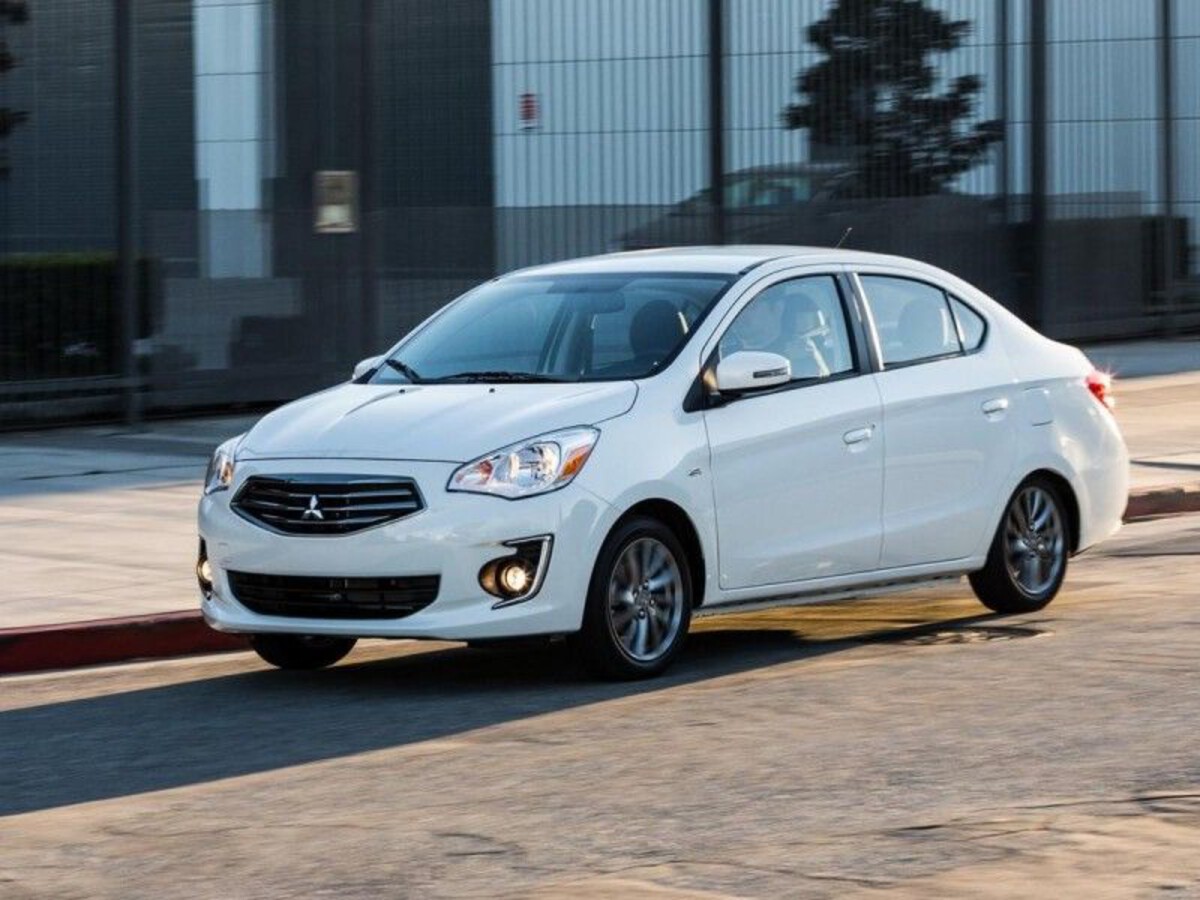
5. Mitsubishi Mirage
The Mitsubishi Mirage is often marketed as an ultra-economical vehicle with impressive fuel efficiency and low upfront cost, but its roadside assistance program frequently comes under fire for being inadequate.
While Mitsubishi provides some roadside assistance coverage—usually limited to three years—it often fails to meet owners’ expectations for prompt, reliable service. Numerous Mirage owners report problems with delayed or absent roadside help, which can be especially frustrating given the vehicle’s positioning as a commuter car.
One significant drawback of the Mirage’s roadside assistance is the lack of coverage depth. Basic services like towing and battery jump-starts are included, but more convenient offerings such as lockout assistance, tire changes, or trip interruption benefits are often excluded or limited.
This leaves drivers vulnerable to common roadside issues without sufficient support, a notable weakness for a vehicle frequently purchased by cost-conscious drivers who cannot afford unexpected repair bills.
Owner feedback also highlights the poor quality and coordination of assistance providers. Many have reported multiple instances where the tow truck arrived late or the technician sent was unfamiliar with the Mirage’s specific mechanical components.
In some cases, drivers have been left waiting for hours due to logistical mix-ups or lack of local service provider availability, especially in less populated areas. This inconsistency diminishes confidence in Mitsubishi’s support network.
Customer service representatives handling roadside assistance calls are often described as unhelpful or lacking empathy, compounding the frustration when drivers are already stressed.
Some owners mention difficulties in getting clear information about service times or procedures, with long hold times and transfers adding to the negative experience. This suggests Mitsubishi’s roadside assistance infrastructure needs substantial improvement in training and communication.
Finally, the Mirage’s overall reliability record is mixed, with common complaints about electrical and transmission issues that may lead to frequent roadside assistance calls. When these mechanical concerns are combined with a weak assistance program, it detracts significantly from the ownership experience.
For many, the Mirage’s low purchase price is offset by the inconvenience and potential costs of poor roadside support, making it less appealing for those who value peace of mind on the road.
Also Read: 5 Used Cars That Dealers Are Paying Top Dollar For and 5 They Won’t Touch
Roadside assistance is an indispensable part of the modern driving experience. Its value extends far beyond simple convenience; it can be a critical factor in ensuring safety, reducing stress, and managing the unexpected challenges of vehicle ownership.
Through this exploration of the top five car models with the best roadside assistance ratings alongside the five with the poorest, we have seen just how significant this service can be in shaping overall satisfaction and peace of mind.
The vehicles that stand out with exemplary roadside assistance programs share several key characteristics. First, they offer comprehensive coverage that spans multiple years and unlimited mileage, ensuring that drivers remain protected throughout the bulk of their ownership experience.
This long-term commitment provides a foundation of trust and reliability that enhances the ownership relationship. Second, the top-rated models often incorporate advanced technology, such as in-car connectivity and smartphone apps, enabling drivers to request help quickly and track assistance in real-time.
This blend of convenience and transparency reduces anxiety and streamlines the process during stressful breakdown situations. Furthermore, these manufacturers invest heavily in building a network of reliable, professional roadside service providers.
The quality and timeliness of response matter tremendously, and the best brands prioritize partnering with vetted towing companies, mobile technicians, and customer service representatives who are knowledgeable and empathetic.
Many also include additional perks such as trip interruption benefits, mobile repairs, and post-service follow-ups, underscoring a commitment to going above and beyond basic assistance.
On the flip side, the models with the poorest roadside assistance ratings reveal the pitfalls of inadequate coverage. Short coverage periods, limited services, and inconsistent response times leave many owners vulnerable to long waits, unexpected expenses, and frustrating customer service experiences.
For these vehicles, roadside assistance often feels like an afterthought rather than a core part of the ownership package. When mechanical issues arise—and they often do—owners can be left feeling unsupported and dissatisfied.
The disparity between the best and worst roadside assistance programs highlights a broader lesson for car buyers: roadside assistance should be a key consideration, not an afterthought.
While no one expects their car to break down, planning for that possibility through dependable support is smart and responsible. Especially for drivers who commute daily, travel long distances, or own vehicles with more complex technology, the difference between swift, professional roadside help and unreliable, minimal support can be profound.
In addition to choosing models with strong roadside assistance, owners can take proactive steps to safeguard themselves. Understanding the specifics of a vehicle’s roadside coverage, enrolling in extended plans if necessary, and keeping assistance contact information readily accessible are practical ways to reduce risk.
Drivers should also familiarize themselves with their car’s technology features related to assistance and ensure their contact and vehicle information is up to date in any related apps or systems.
Looking ahead, the landscape of roadside assistance is likely to evolve with advances in automotive technology and service delivery models.
The rise of electric vehicles, autonomous driving features, and increasingly connected cars promises new methods of support that could further minimize breakdown risks and streamline help requests. Manufacturers that continue to innovate and invest in comprehensive roadside assistance will likely strengthen customer loyalty and set new industry benchmarks.
Ultimately, roadside assistance is more than just a service—it is an essential part of vehicle ownership that embodies a manufacturer’s commitment to customer care. For drivers, understanding and valuing this service can turn potentially stressful breakdowns into manageable, even reassuring, experiences.
By choosing vehicles with top-rated roadside assistance programs and staying informed about their coverage, owners equip themselves with not only a car but a safety net, ensuring that every journey is supported by help whenever it is needed.
As you make your next vehicle choice, consider the full spectrum of ownership benefits—performance, features, safety, and yes, the quality of roadside assistance. Because the road is unpredictable, but your support shouldn’t be.

